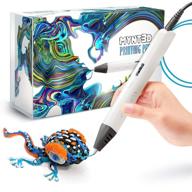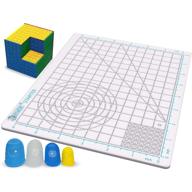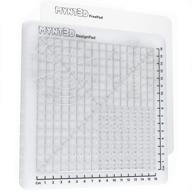
Review on ELEGOO 3D Printer with Removable Motherboard - 220x220x250mm Build Volume - Additive Manufacturing Products by Steve Campbell

Good FDM printer for beginners
I bought an Elegoo Mars printer last year and while it's the workhorse of a polymer printer, it's too small to print all but the smallest wargames. I was scouring the market for an FDM printer and when one of the Mars owners said the Neptune 2 had just gone on sale I couldn't resist. The price is about $100 less than comparable machines, which really made buying it an easy task. Assembly was fairly easy, although it would have been a lot easier if I'd known that the SD card that came with it had an assembly video (I followed the instructions strictly, so there were a few spots where I got a few scratching his head for minutes). The only difficulty (and one, I understand, common to many similar FDM printers) is the manual leveling of the print platform. It's a bit finicky, but I think I typed it in effortlessly. This is a new product and while Elegoo did a great job bringing it to market it only comes with PC software. Those of us using Macs will be waiting for the Mac version of Elegoo's Cura slicing software after Chinese New Year, as the printer is too new for Ultimaker to add settings for it to the regular program. REVISION (May 2, 2021): Having used the printer for a few more months, I thought I'd share a few more things I've learned since then. First, the bowden cable on the machine I received did not fit snugly into the nozzle on the hot end. . This caused a lot of clogs and failed prints and even forced me to replace the hot end as the PLA receded so much that I couldn't clean the hot end without damaging it. I won't give any stars for this as a replacement hot end I bought from another manufacturer had the same issue (Note: the Neptune 2 may use parts made for the Ender 3 so you should look for suggestions). . I recommend watching a video on how to maintain your hotend before your first print, as the prints I've had after this fix have been orders of magnitude better with no crashes (well, no crashes attributable to the printer). Second, like many FDM printers, the included print bed springs aren't the best. They don't put much stress on the print bed, which at least results in a near-constant need for alignment and even causes the build bed to vibrate, causing the nuts holding it to loosen or loosen. When this happens, it's a sure sign you're waking up to a nighttime imprint, which turns out to be the Spaghetti Monster. Many people will recommend buying the "yellow" nibs instead of the ones that came with the printer, but I still often hear about the need to align them with them. Instead I would go even better. The replacement hot end I bought came with four rubber washers. Now at first glance they seem too big and heavy to fit in the build bed and once you've attached them, too tight to be tightened more than a little. But if you keep this up, you'll eventually be able to tighten them until your bed is level, and more importantly, they won't come loose! In the last few months of using them I haven't had to level my print bed. (No specific product endorsement, but here's a link to what I'm talking about to start your search: https://www.amazon.com/BCZAMD-Silicone-Leveling-Heat-Resistant-Anycubic/dp/B07RZKF8MB/ ref =sr_1_18 ?crid=2G3PEAJSN0RG6&dchild=1&keywords=ender+3+bed+springs+update&qid=1619967620&sprefix=ender+3+bed%2Caps%2C219&sr=8-18 )
- Easy to read control panel
- New competition
New products
Comments (0)
Top products in 🖨️ 3D Printers

🖨️ FLASHFORGE Adventurer: Enhanced 3D Printer with Removable Extruders and Monitoring Features

4 Review
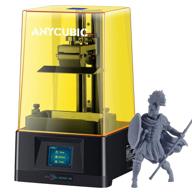
🖨️ ANYCUBIC Assembled Innovation Off Line Printing: Streamline Your Printing Process with Cutting-Edge Technology

5 Review
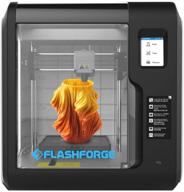
Flashforge Adventurer 3D Printer with Detachable Precision Leveling System

6 Review
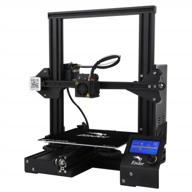
Economic Ender 3D Printer DIY Kit With Resume Printing Function, Large Printable Area Of 220X220X250MM By Creality 3D

18 Review


